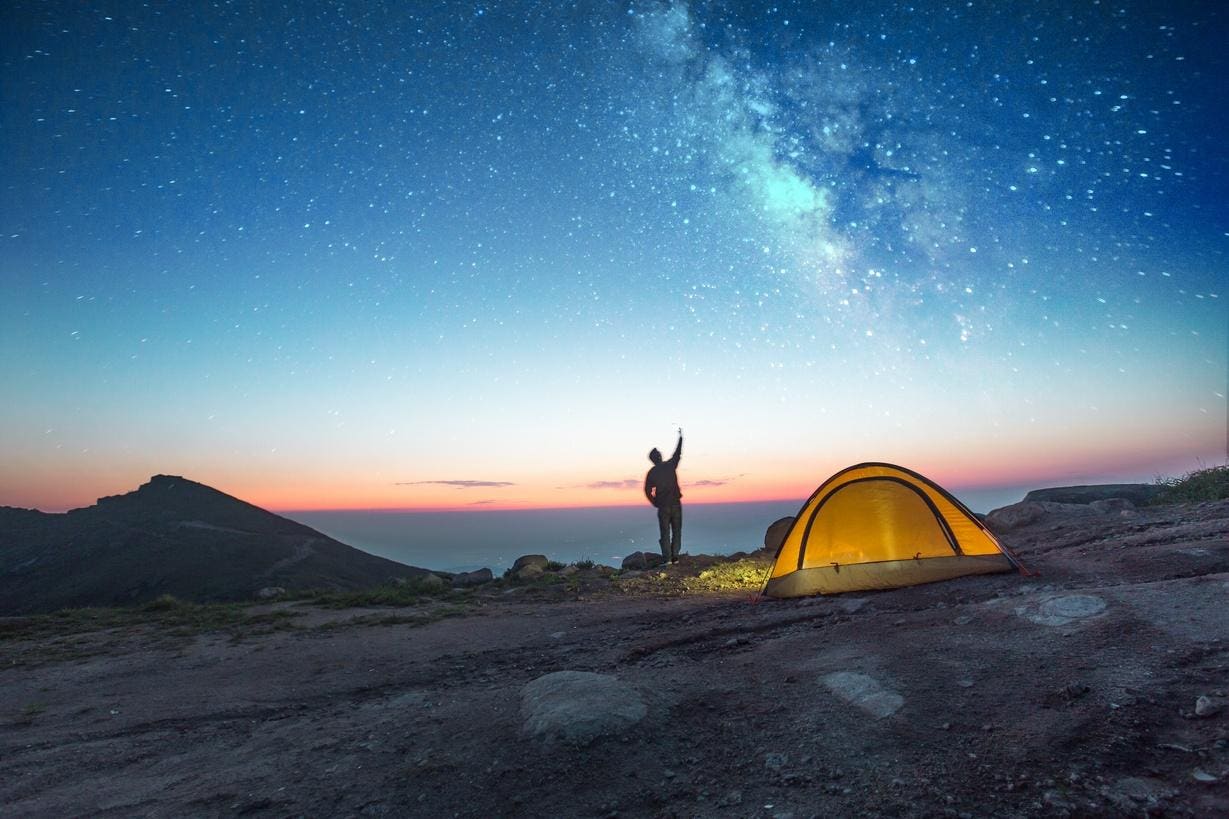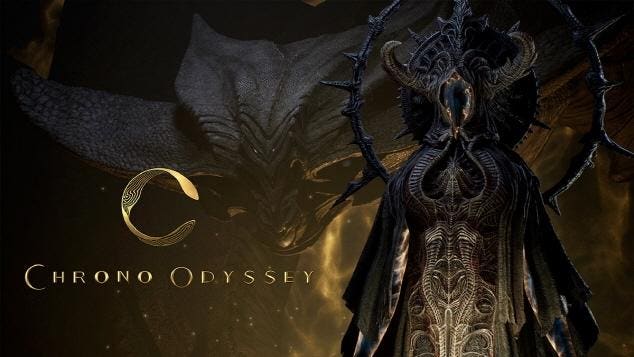Summer nights will bring everything from planets, full moons, and star-studded constellations to … More
Summer is the season for stargazing. Sure, nights can be short if you’re in northerly latitudes, but the warm evenings — and the higher chance of people being outside, camping and barbecuing — make late June, July and August prime time for sky-watching.
From yesterday’s solstice through Labor Day on September 1, nightfall brings everything from planets, full moons, and star-studded constellations to “shooting stars,” the Milky Way, and more. Here’s everything you need to know about the night sky this summer 2025.
1. Crescent Moon And Venus Beside The Pleiades
Where: east
When: an hour before sunrise where you are on Sunday, Jun. 22
A beautiful trio in the dawn twilight is the reward for anyone dedicated enough to get up before sunrise, with the 13%-lit crescent moon above brilliant Venus with the delicate stars of the Pleiades to the left.
Sunday, June 22: Venus, A Crescent Moon And The Pleiades
2. See The Full ‘Buck Moon’ Rise
Where: east
When: moonrise where you are during dusk on Thursday, Jul. 10
The first full moon of summer will rise dramatically in the eastern sky just after sunset. Known as the Buck Moon, it will stay low in the southern sky all night and, as a consequence, appear to be especially large.
3. The Milky Way At Its Best
Where: southeast
When: after dark from July 17-27 and August 16-26
Just after dark, bright star Altair — the southernmost point of the Summer Triangle — shines brightly in the southeast. Get away from light pollution and look around and below it during either 10-night dark-sky window (when the moon is down), and you’ll get eyes-on with the Milky Way running beneath.
CHIFENG, CHINA – AUGUST 14, 2023 – The Perseid meteor shower is seen over the Ulanbum grassland in … More
4. Perseids Meteor Shower
Where: All-sky
When: Thursday, Jul. 17- Friday, Aug. 15
The annual Perseid meteor shower kicks off on Jul. 15, building toward its famous peak on August 12/13. Sadly, that night will feature a bright sky bleached by a nearly full moon. So start looking early — you may see a few bright meteors streak across the post-sunset sky around midnight.
5. See The Full ‘Sturgeon Moon’ Rise
Where: east
When: moonrise where you are during dusk on Friday, Aug. 8 and Saturday, Aug. 9
If you have a choice, find an east-facing beach for your summer vacation to watch August’s full Sturgeon Moon rise shortly after the sun sets, glowing a deep orange as it climbs the eastern horizon. Celestial mechanics means it rises just after sunset on two successive nights this month.
The summer triangle stars chart in the Northern Hemisphere
6. The Summer Triangle
Where: southeast
When: after dark, anytime in August
The brilliant stars Vega and Deneb are high overhead after dark, the top of the iconic Summer Triangle, with Altair below completing the elongated shape. It’s one of the easiest shapes of stars to spot — and it also marks the arc of the Milky Way flowing down to the southern horizon during August.
7. Jupiter And Venus In Conjunction
Where: east-northeast
When: an hour before sunrise where you are on Tuesday, Aug. 12
Less than a degree — the width of an outstretched little finger held against the sky — will separate Jupiter and Venus this morning in a rare close conjunction. Uranus, Neptune and Saturn will also be in the sky, though the former two are impossible to see with the naked eye and the latter difficult.
Wednesday, August 20: ‘Planet Parade’ And A Moon-Venus Conjunction
8. ‘Planet Parade’ At Dawn
Where: west
When: an hour before sunrise where you are on Monday, Aug. 18 through Thursday, Aug. 21
Mercury, Venus, Mars, and Saturn will be visible in the same sky in 2025’s second “planet parade.” As a bonus, a waning crescent moon will slip between the planets across four mornings, with a conjunction with Venus on Wednesday, Aug. 20.
Wishing you clear skies and wide eyes.









